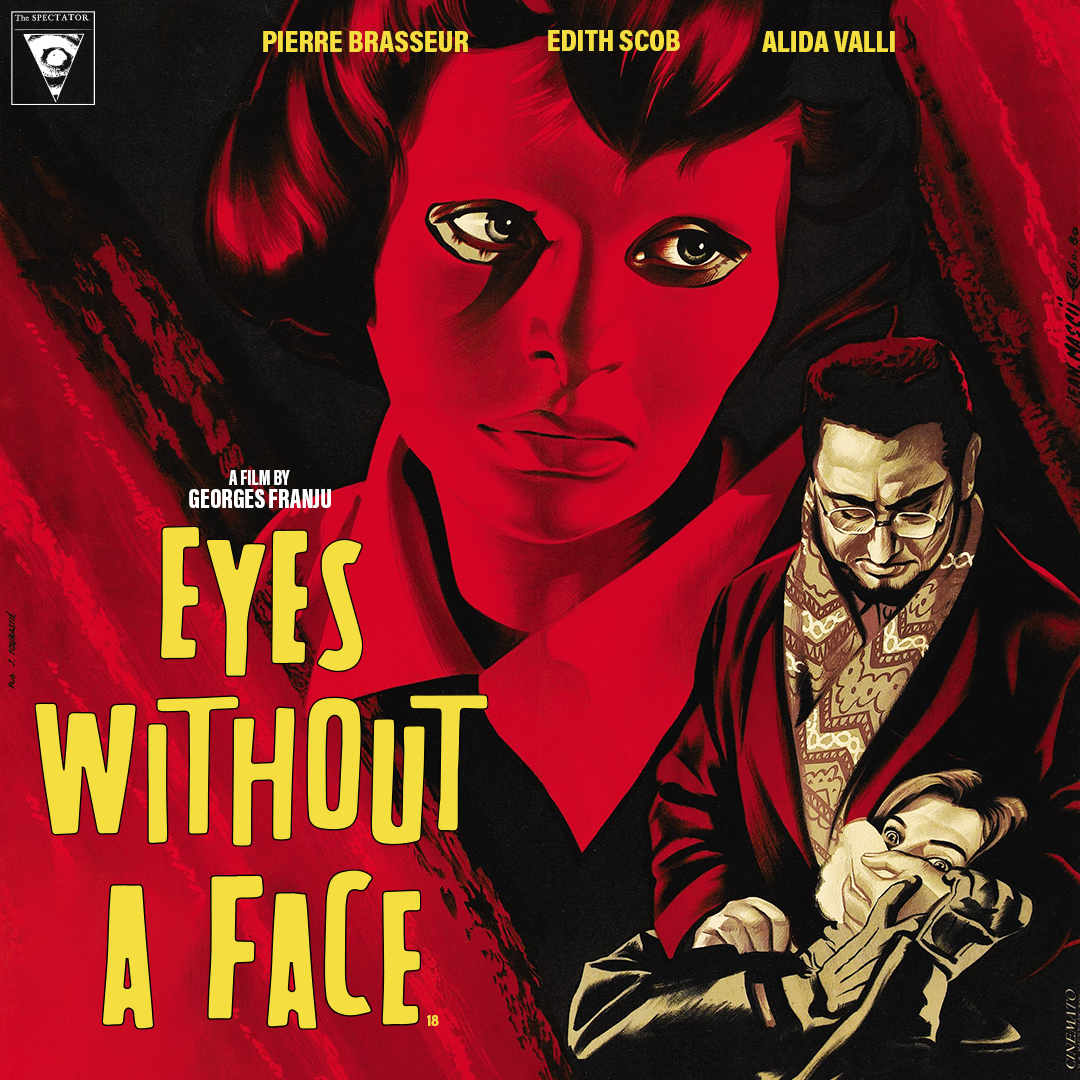This week on The Spectator Film Podcast... Dial M for Murder (1954) 5.17.19 Featuring: Austin, Maxx Commentary begins at 13:17
"Hitchcock's films therefore work only if a natural order is presupposed. Everything is proceeding normally, according to routines that are ordinary, even humdrum and unthinking, until someone notices that an element in the whole, because of its inexplicable behavior, is a stain. The entire sequence of events unfolds from that point. The most characteristically Hitchcockian staging effects are always organized around such a stain. However, anything whatsoever may function as the stain inducing the gaze - the blood on the dress in Stage Fright; the glass of milk in Suspicion, 'intensified' by placing a small bulb inside of it; the black rectangle of the window in Rear Window and, within, that black rectangle, the red tip of the murderer's cigarette, or, indeed, the plane in North by Northwest, which is at first no more than a speck in the sky" (20; Bonitzer).
"Hitchcock's films are full of decent, ordinary petty-bourgeois people. These are masks. Thus, in The Lady Vanishes, the good Miss Froy, with her tea and meaningless chatter, is really a spy. All the others have something else to hide, a concealed point of abjection, which the perverse element, the visible but barely perceptible stain of crime, will reveal" (21; Bonitzer).
"But in a series of Hitchcock's films, we find another type of object which is decidedly not indifferent, not pure absence: what matters here is precisely its presence, the material presence of a fragment of reality - it is a leftover, remnants which cannot be reduced to a network of formal relations proper to the symbolic structure. We can define this object as an object of exchange circulating among subjects, serving as a kind of guarantee, pawn, on their symbolic relationship. It is the role of the key in Notorious and Dial M for Murder, the role of the wedding ring in Shadow of a Doubt and Rear Window, the role of the lighter in Strangers on a Train, and even the role of the child circulating between the two couples, in The Man Who Knew Too Much. It is unique, non-specular - that is, it has no double, it escapes the dual mirror-relation, which is why it plays a crucial role in those very films that are built on a whole series of dual relations, each element having its mirror-counterpart... it is the one which has no counterpart, and that is why it must circulate between the opposite elements, as if in search of its proper place, lost from the very beginning" (6; Žižek)

This week on The Spectator Film Podcast... Eyes Without a Face (1960) || 8.21.20 Featuring: Austin, Maxx Commentary track begins at 19:48 --- Notes...

This week on The Spectator Film Podcast… Taken (2008) || 1/15/21 Featuring: Austin, Maxx Commentary track begins at 14:45 — Listener Picks — Do...

This week on The Spectator Film Podcast... Whistle and I'll Come to You (1968) || 9.25.20 Featuring: Austin, Maxx Commentary track begins at 11:28...